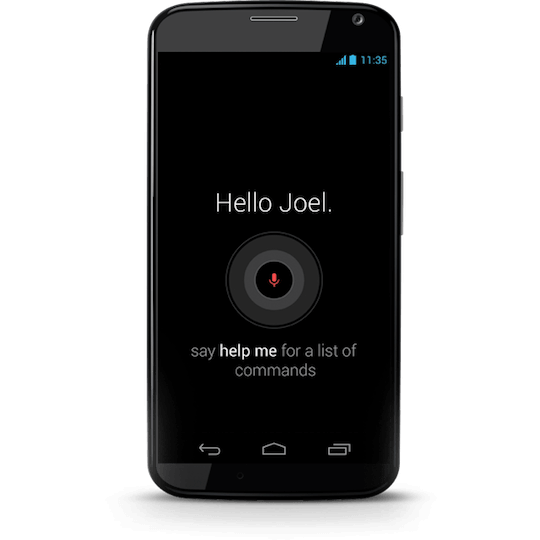When Motorola announced that they were going to pump out a couple of Android smartphones last year, none of the smartphone giants including Sony, Samsung, HTC and LG were even remotely bothered to check out their competition. First the Moto X, then the Moto G and now the Moto E, all becoming user favorites because of their budget pricing but smooth and slick interface. And the genius behind their success: the X8 Mobile Computing System from Motorola.
Most traditional smartphones now have 8 cores. Consider the HTC One M8. It has a 2.5 GHz quad core Snapdragon 801 processor and a quad core Adreno 330 GPU giving it 8 cores in all. Motorola stressed on the point that although a quad core processor speeds up the time taken to complete a process, 2 cores are more than sufficient for most processes. The remaining 2 cores are used for contextual awareness and natural language processing.

So what is the advantage of using the X8 computing system? Remember that there’s a separate core for natural language processing. Well, this allows your Moto device to continue to listen to the user’s voice. Whether the device is in use or the screen is off, your device is always listening. Say the keyword “OK, Google Now” and your Moto device asks you what you want it to. This is known as Touchless Control and it simply does not fail to deliver.
In effect, what this allows you to do is operate the phone at a number of different levels without deteriorating the battery. In fact Motorola promises a 24 hour battery with the Moto X.
In a world where all manufacturers seem to be running towards quad cores, octa cores and 64 bit operating systems, it is amazing how Motorola shows the world that with a little clever thinking, it is able to compete with the best.


Leave a Reply